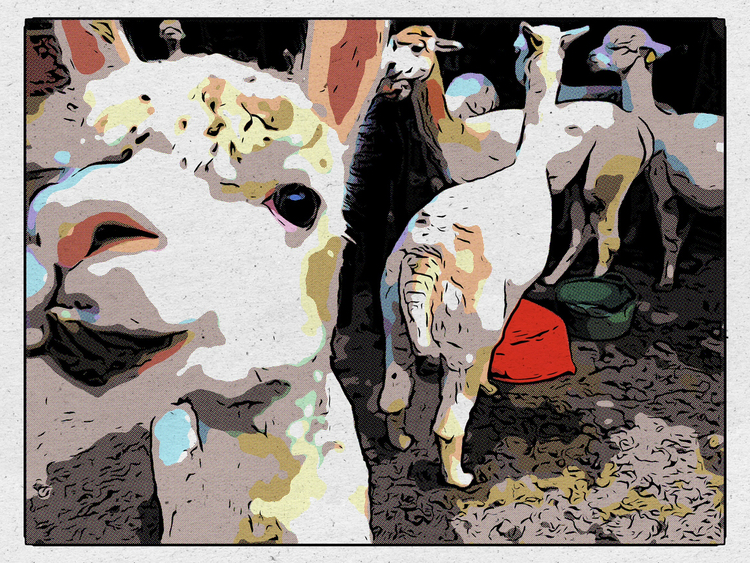So why did we evolve a large brain if it wasn’t essential for toolmaking? One reason is that existing in a large social group is very mentally taxing. Those who are better at playing the social game will have more access to mates and resources and will be more likely to reproduce. As the groups get larger, so the computational power needed to keep up with the interconnections grows exponentially, as does the stress.
~ Mark Maslin, from Why Humans Are So Smart—And So Stressed Out
slip:4usabi1.
I’m too often stressed out (ever / at all is too often!) It helps to get really clear on what exactly is stressing me out. Because the complexity of relationships is a feature—not a problem—of our expansive, beautiful, wonderful, modern world.
ɕ



